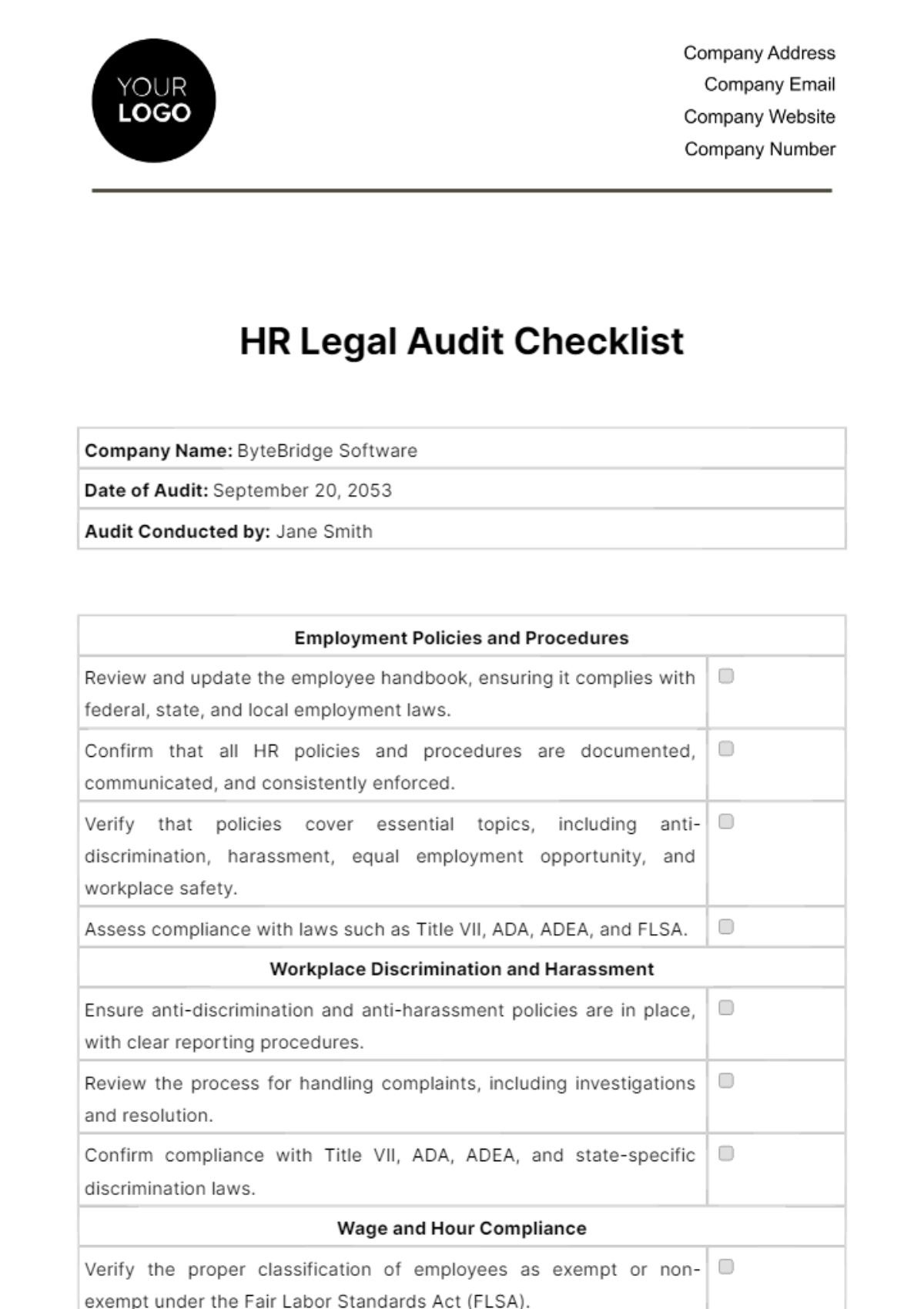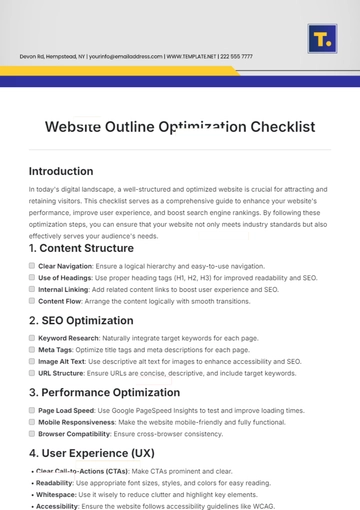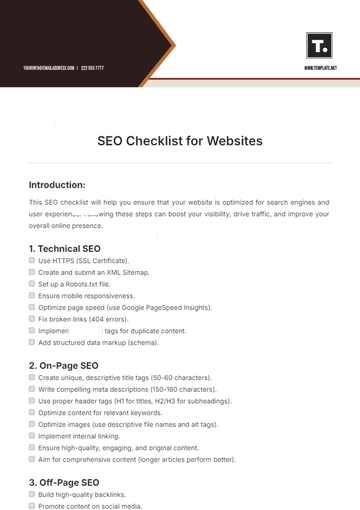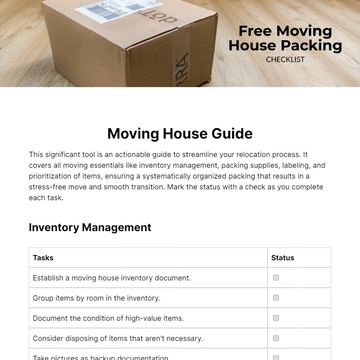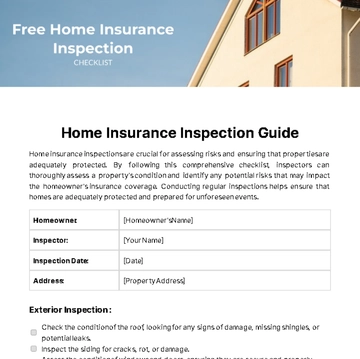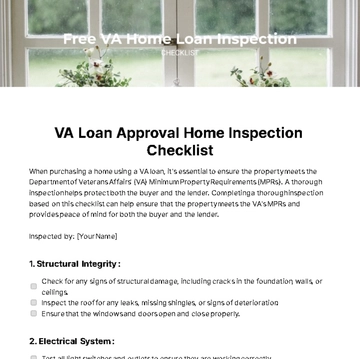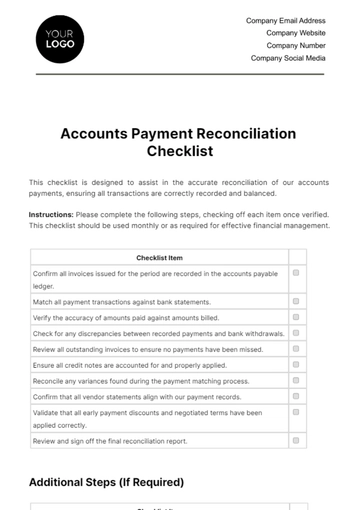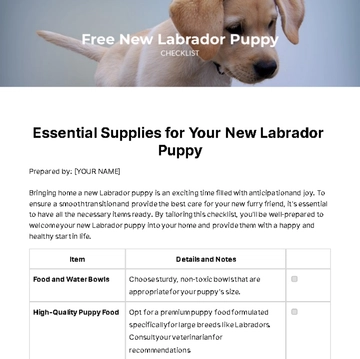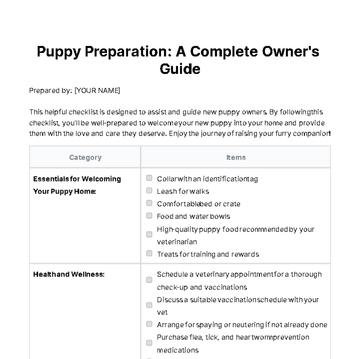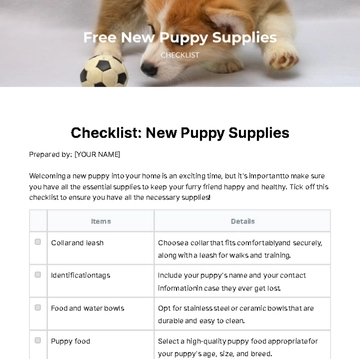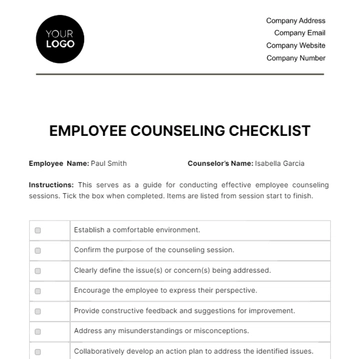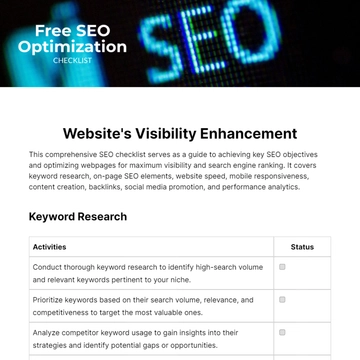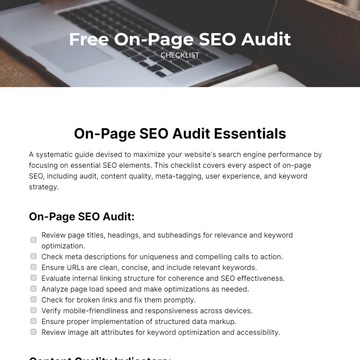Employment Policies and Procedures |
Review and update the employee handbook, ensuring it complies with federal, state, and local employment laws. | |
Confirm that all HR policies and procedures are documented, communicated, and consistently enforced. | |
Verify that policies cover essential topics, including anti-discrimination, harassment, equal employment opportunity, and workplace safety. | |
Assess compliance with laws such as Title VII, ADA, ADEA, and FLSA. | |
Workplace Discrimination and Harassment |
Ensure anti-discrimination and anti-harassment policies are in place, with clear reporting procedures. | |
Review the process for handling complaints, including investigations and resolution. | |
Confirm compliance with Title VII, ADA, ADEA, and state-specific discrimination laws. | |
Wage and Hour Compliance |
Verify the proper classification of employees as exempt or non-exempt under the Fair Labor Standards Act (FLSA). | |
Review timekeeping and payroll practices to ensure compliance with minimum wage and overtime regulations. | |
Assess compliance with state-specific wage and hour laws. | |
Employee Benefits and Leave |
Ensure compliance with FMLA, ADA, and other leave laws, including proper administration of employee leaves. | |
Review and update employee benefits programs and related documentation. | |
Confirm compliance with ERISA and other federal laws governing employee benefits. | |
Recruitment and Hiring Practices |
Assess compliance with equal employment opportunity regulations, including affirmative action requirements. | |
Review job descriptions and hiring processes for fairness, legality, and adherence to anti-discrimination laws. | |
Ensure proper use of background checks and applicant screening, complying with the Fair Credit Reporting Act (FCRA). | |
Termination and Separation Procedures |
Verify compliance with federal and state termination laws and regulations. | |
Review documentation related to terminations, including severance agreements. | |
Ensure compliance with final paycheck and notice requirements, as per state laws. | |
Record-Keeping and Documentation |
Confirm that personnel records are maintained securely and for the required retention period. | |
Review and update record-keeping practices to ensure compliance with federal and state laws. | |
Verify compliance with I-9 and E-Verify requirements for employment eligibility verification. | |
Worker Classification |
Assess the classification of independent contractors to ensure compliance with IRS guidelines and state laws. | |
Review contracts and agreements with independent contractors for proper classification. | |
Health and Safety Compliance |
Ensure compliance with Occupational Safety and Health Administration (OSHA) regulations. | |
Review workplace safety protocols, training, and documentation. | |
Confirm adherence to state-specific health and safety laws and regulations. | |
Employee Privacy |
Ensure compliance with federal and state laws governing employee privacy, including HIPAA and electronic communications privacy laws | |
Review and update electronic communications and monitoring policies. | |
Employee Training |
Verify that employees receive necessary training on legal compliance, including anti-harassment and safety training. | |
Document and track employee training efforts for compliance purposes. | |
Emerging Legal Issues |
Stay updated on evolving employment laws and regulations that may impact HR practices. | |
Assess potential legal impacts on the organization and take necessary proactive measures. | |
